
OR
External sector worsening despite economic growth
Published On: September 5, 2019 12:45 PM NPT By: Republica | @RepublicaNepal
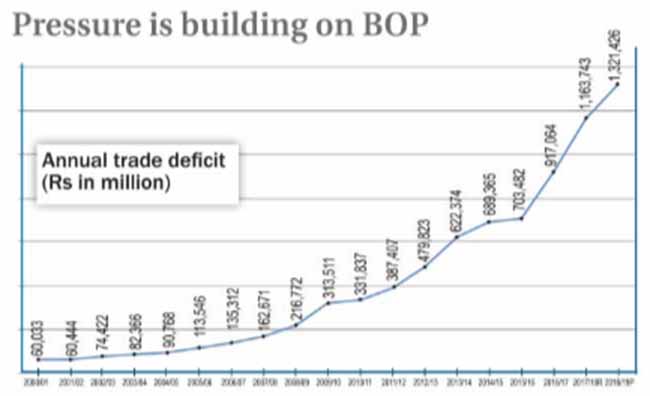
Pressure is building on BOP
KATHMANDU, Sept 5: Though the Nepali economy has been growing in the last three fiscal years at a pace higher than the average growth rate of the last decade, some of the macroeconomic indicators, particularly related to the external sector, are worsening.
According to the figures provided by the Nepal Rastra Bank (NRB), the balance of payment (BoP) has slipped into a deficit of Rs 67.4 billion in the last fiscal year 2018/19 compared to a surplus of Rs 960 million in the fiscal year 2017/18. The country suffered BOP deficit in every month of the last fiscal year due to the widening trade deficit that also without much growth in the foreign currency earnings.
While the merchandise imports rose by 13.9 percent to Rs 1,418.54 billion in 2018/19, exports increased by 19.4 percent to Rs 97.11 billion -- trade deficit widened by 13.5 percent to Rs 1,321.43 billion during the year.
Earnings from exports, remittances and foreign assistance were not enough to meet the payment liabilities of the country in the last fiscal year.
As a result, the foreign exchange reserve (forex) fell to Rs 1,038.92 billion in mid-July from Rs 1,102.59 billion a year ago.
Though the remittance growth remained robust in the last fiscal year, the falling number of Nepali migrant workers in recent years indicates that remittance earnings is likely to decline in the coming years. According to the NRB data, remittance inflow increased by 16.5 percent to Rs 879.27 billion in 2018/19 compared to an increase of 8.6 percent in 2017/18.
While the government has been harping about the above-average growth, many economists say that the current remittance-led and consumption-based growth is not sustainable.
The economy is estimated to have grown by 7.1 percent in the last fiscal year 2018/19, according to the NRB.
This is the third consecutive year the economy has posted over 6 percent growth. However, there are concerns whether the government will be able to maintain this growth which is largely based on consumption.
Apart from boosting exports to improve the BOP position and bettering the growth, economists call for creating a favorable environment to attract private sector investment, particularly foreign direct investment (FDI), to make the growth investment and productivity driven.
Despite the current government's efforts to bring in foreign investment, the FDI inflow fell to Rs 13.07 billion in 2018/19. In 2017/18, the country received Rs 17.51 billion in foreign direct investment.
Even the private sector investment within the country was hit by a shortage of lendable funds in the banking sector. Not only the interest rates of banks continued to march upward, many business firms found it increasingly difficult to get the financing facility due to the shortage of funds in the banking sector. The funds shortage in banks pushed the lending rate up to 16 percent, which is considered very high.
You May Like This

Amazon confirms two employees in Italy have contracted coronavirus
WASHINGTON, March 2: Amazon.com Inc said late on Sunday that two employees in Milan, Italy, have contracted the coronavirus and... Read More...
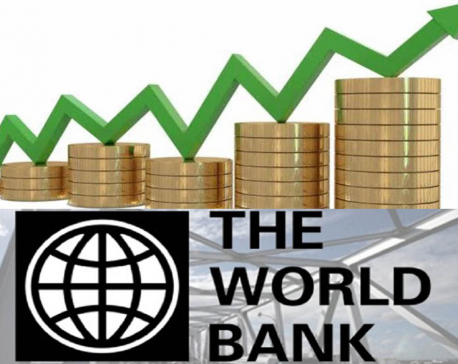
Complete education, full health could double Nepal's GDP per capita: WB
KATHMANDU, June 7: Nepal has the potential to double its Gross Domestic Product (GDP) per capita in the long run if... Read More...
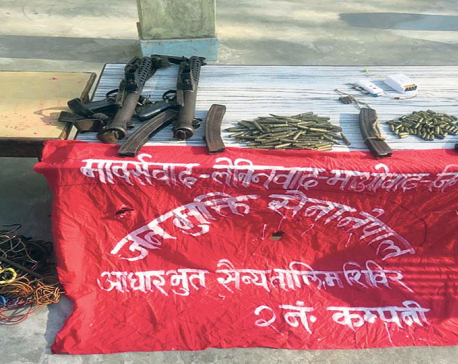
Govt restricts Chand group’s activities
KATHMANDU, March 13: The government on Tuesday outlawed the ‘political activities’ of the semi-underground Communist Party of Nepal led by... Read More...


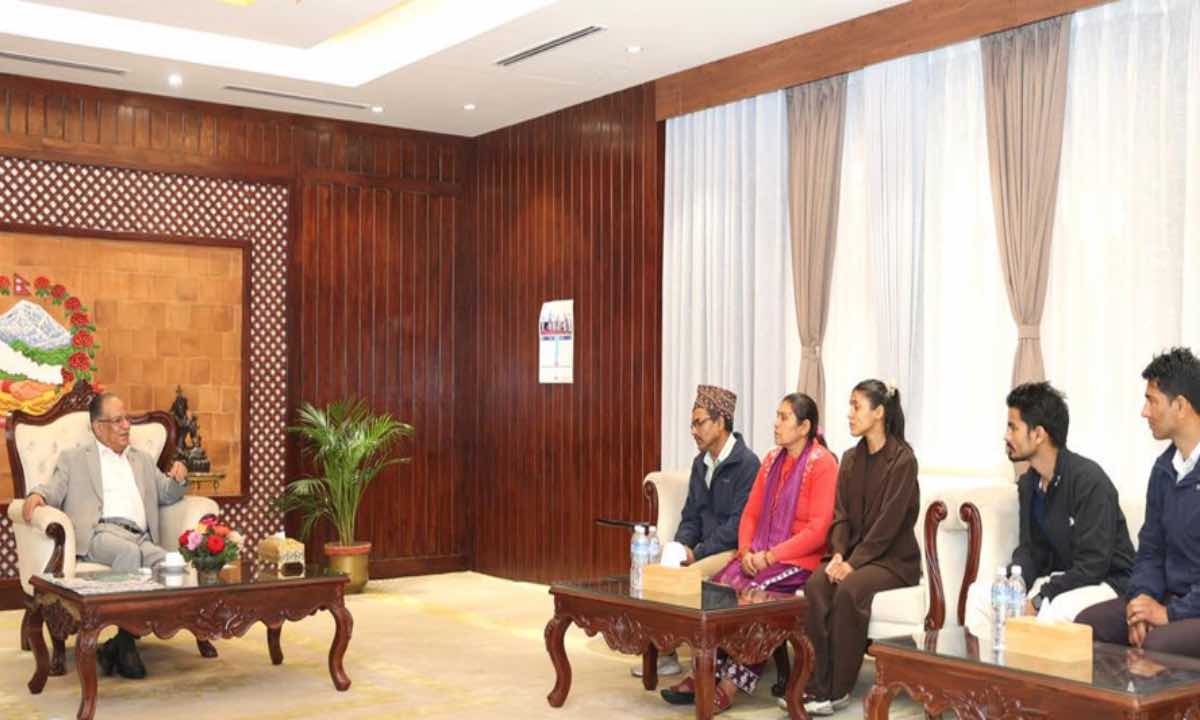
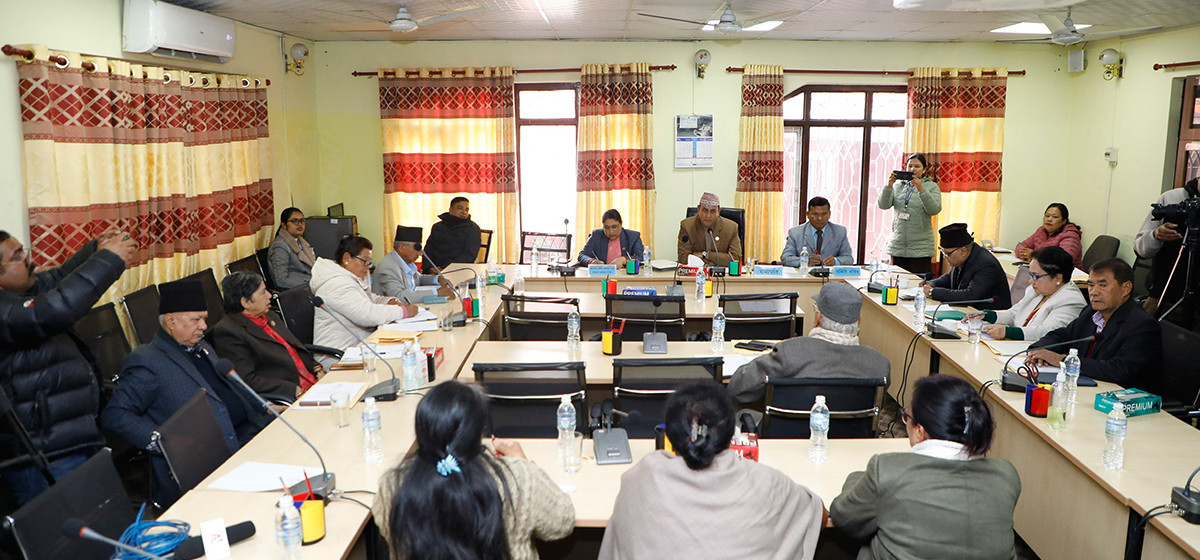

Just In
- Australian unemployment rate rises to 3.8 percent in March
- Gold price increases by Rs 700 per tola
- Fire destroys wheat crop in Kanchanpur, Kailali
- Bipin Joshi's family meets PM Dahal
- State Affairs and Good Governance Committee meeting today
- Gold items weighing over 1 kg found in Air India aircraft at TIA
- ACC Premier Cup semi-final: Nepal vs UAE
- Sindhupalchowk bus accident update: The dead identified, injured undergoing treatment










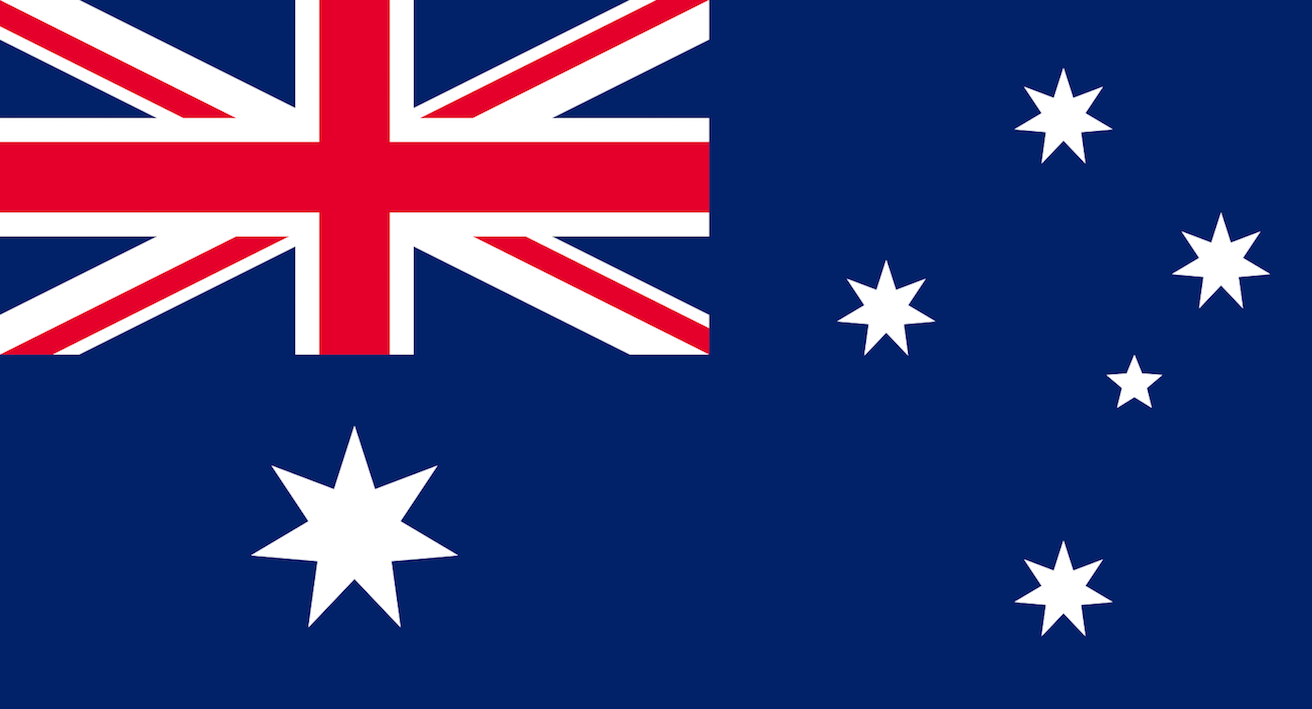


Leave A Comment